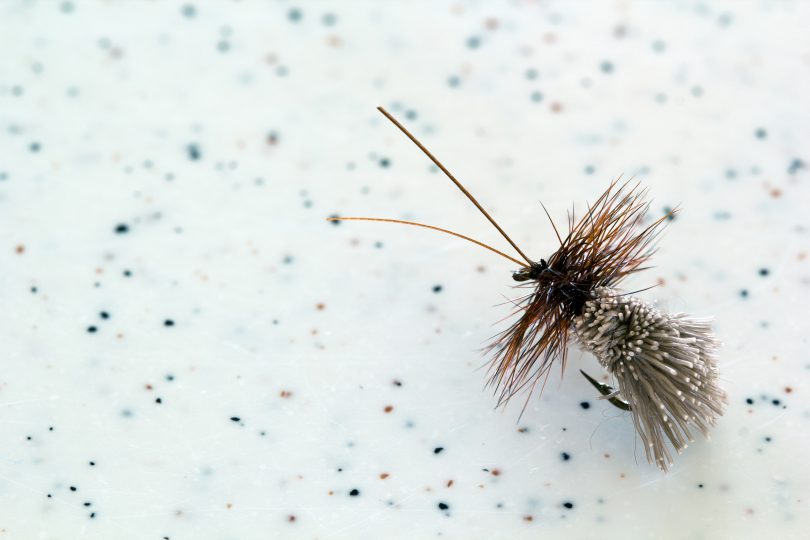By Dennis Smith
It’s fairly common in these parts for many anglers to fish lakes while they’re waiting for the runoff to “run off” on their favorite trout streams. While our backcountry trout lakes can remain frozen well into June or July, the majority of low lying lakes and reservoirs at lower altitude are typically ice free by early March, and most are stocked with trout, but may also hold bass, walleyes, catfish and a variety of panfish: perch, bluegills or crappies, depending on specific conditions and circumstances. All of them are fun to fish.
Among fly fishers though, it’s the high prairie lakes that generate the most excitement. Sagebrush lakes, as they’re sometimes called, pepper the high, intermountain valleys and cattle country of North and South Park, and are in prime fly fishing condition from ice-out in late April through June and July. Spinney Mountain, Eleven Mile, Delaney Buttes and Lake John are so well-known in Colorado, they’re almost legendary. The trout in these lakes can grow up to an inch a month on the incredible abundance and diversity of food produced in their nutrient-rich waters. Callibaetis mayflies, chironomids, caddis flies and damsel and dragon flies are supplemented by leeches, minnows, snails, crawfish and scuds. Trout grow fat on all of them.
In midsummer, the focus of attention on these lakes is often the damselfly. Or more correctly, the big trout that eat the damselflies. The annual damselfly hatch can really get the trout and fishermen worked up, but sometimes the real story on these lakes is the highly-animated caddis flies some old fly fishing books refer to as lake sedges. These are big, fat bugs — up to an inch long and usually tan, light tan or grayish brown in color with long, tapered antennae that wave around when they fly, like a pair of tiny errant kite strings flopping in the breeze. But it’s not so much the bugs’ size as it is the maddening antics they go through before they get airborne that drives trout wild.
Upon emergence, the caddis pupae swim up from submerged weed beds, pop through the surface and immediately begin to taxi frantically across the lake like spastic little motorboats with their throttles locked on full and no one at their helms. They spurt erratically in all directions, seemingly unable to launch themselves into flight. Unless, of course, a hungry trout is bearing down on them, at which point they fairly leap into the air, to the great dismay of the trout who now will snap in frustration at virtually any hapless bug in the vicinity.
Of all the fly patterns that would work during this hatch — and there are several — the Goddard caddis must be considered one of the best for the job. Its silhouette and natural color are perfect, but it’s the buoyant, clipped, deer hair body and stiff hackle collar that make it ideal for mimicking that crazy, skittering behavior of the lake sedge. Next time you head for a plains lake to fish a damselfly hatch, take a couple of Goddard caddis patterns with you. If you don’t, you may end up even more frustrated than the trout.

